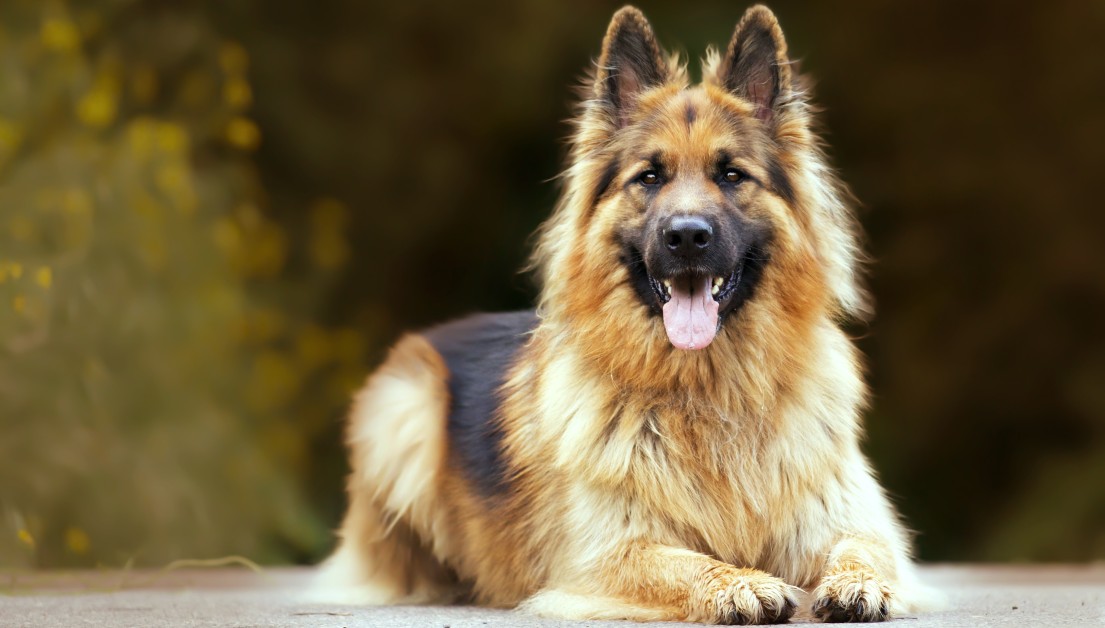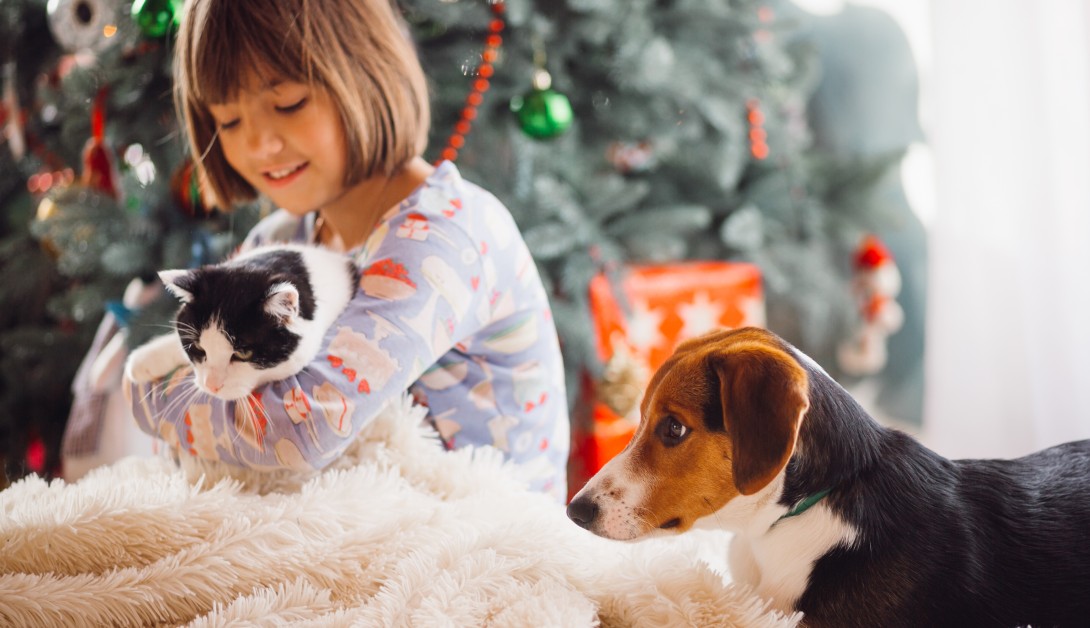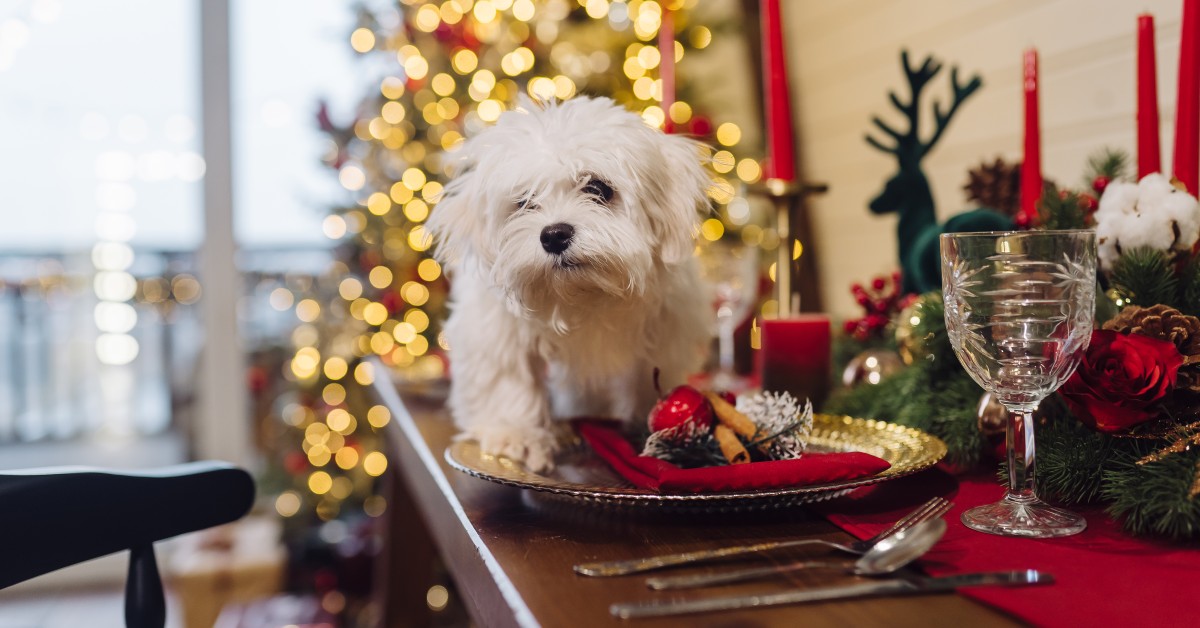A Dog Owner’s Guide to Preventing Canine Parvovirus
Parvovirus—often referred to as parvo—is a relatively common, highly contagious gastrointestinal disease that can be fatal without prompt treatment.

For a new puppy owner, or even someone with an older dog, the risk of parvovirus is a terrifying threat. Typically affecting young puppies or unvaccinated adult dogs, the majority of parvovirus cases occur in puppies six weeks to six months old. Parvovirus—often referred to as parvo—is a relatively common, highly contagious gastrointestinal disease that can be fatal without prompt treatment.
How is canine parvovirus transmitted?
Parvovirus is incredibly contagious and can be transmitted directly through dog-to-dog contact or indirectly through contact with contaminated objects. Heavy concentrations of the virus are found in an infected dog’s stool, so even tiny amounts of feces can infect a healthy dog. If you come in contact with an infected dog, you can easily carry the virus home to your own pets through your skin, clothing, or shoes. Kennel or boarding situations with a parvo outbreak must be especially careful, because the virus can also be transmitted through contaminated food and water dishes, collars and leashes, bedding, and kennel surfaces.
Exceptionally hardy, the parvovirus pathogen is resistant to heat, cold, humidity, and drying, and can survive in the environment for long periods of time. There is evidence that the virus can live in ground soil for more than a year, and on indoor surfaces for up to two months. It’s resistant to most cleaning products, although concentrated household bleach can kill this virus.
What parvovirus signs should I watch for in my dog?
Since parvovirus predominantly attacks the lining of the small intestines, expect to see gastrointestinal issues if your dog develops parvo. Signs of parvovirus include:
- Lethargy
- Loss of appetite
- Fever or hypothermia
- Vomiting
- Severe, often bloody, diarrhea
Parvovirus affects your dog’s ability to absorb nutrients, and, when paired with vomiting and diarrhea, your pet can quickly become dehydrated and weak from lack of nutrition. Damage to the intestinal tract and immune system can cause septic shock, which may be seen by a low body temperature, increased heart rate, and poor pulse quality. Most deaths from parvo occur within 48 to 72 hours following the onset of clinical signs, which makes rapid veterinary treatment imperative for your pup’s survival.
What should I do if my dog develops parvovirus signs?
At the first hint of any parvovirus signs in your young puppy or adult dog who may be late on vaccination boosters, take your pet to your veterinarian. Call ahead to discuss their protocol for a potential parvo case, as most veterinary hospitals handle these cases carefully to limit the spread of disease. Based on the severity of your pet’s clinical signs and blood work, your veterinarian may recommend hospitalization with IV fluids and medications, or they may send you home to perform outpatient nursing care. They may also recommend that you bring any other dogs in your household in for parvovirus vaccination boosters. Although it may be tempting to wait a day or two to see if your puppy recovers from a sudden vomiting or diarrhea episode, avoid delay to give your pup the best chance at survival.
Why has there been a sudden spike in canine parvoviruses cases lately?
Although parvovirus has always been a threat, especially more during the summertime when people are welcoming new puppies into their homes and heading outdoors more, the number of parvo cases seen by veterinarians has recently surged. BluePearl Specialty and Emergency Pet Hospital has reported an alarming increase in the number of confirmed parvo cases during the 2020 coronavirus pandemic. Data from more than 90 BluePearl hospitals has shown a 70% jump in parvo cases this year as compared to the same time period in the past five years.
While BluePearl’s chief medical officer states they are in the early stages of analyzing the data, potential factors for this increase in parvo cases may include:
- Operating on an emergency-only basis and postponing appointments for wellness care
- Disruptions in the timing of puppies receiving their full vaccination series, resulting in incomplete immunity
- Postponement of vaccination boosters
- Adopting out of shelter puppies prior to completion of vaccination series
- Increased exposure to parvovirus outdoors (dog parks, public parks, hiking trails)
- Financial hardship (job loss, pay cuts) preventing or delaying pet owners from seeking routine vaccinations, including puppy vaccinations and boosters for adult dogs
While the threat of the coronavirus pandemic still lingers, take extra precautions when exercising your new puppy or adult dog, especially if your veterinarian is not accepting appointments for wellness care at this time.
How can I keep my dog safe from parvovirus?
As with any potentially deadly disease, prevention is the best policy. Fortunately for your pooch, there are many ways to help protect your furry pal from the threat parvo poses. Follow these tips to ensure your best friend remains healthy:
- Vaccinate all pets in your household on the appropriate schedule, especially young puppies. Be sure to avoid missing puppy vaccination boosters, as they are critical for properly stimulating the immune system.
- Practice proper hygiene and wash your hands after picking up your puppy’s stool.
- Keep your puppy away from potential hotbeds of infection until fully vaccinated, such as pet stores, dog-friendly restaurants, farmers markets, and dog parks. Puppy classes are acceptable sources for socialization, as all puppies are required to be vaccinated appropriately for their age prior to enrollment.
- Avoid interacting with unvaccinated dogs unless your pet is fully vaccinated, since you can bring home the parvovirus pathogen on your clothing or hands. Even then, take extra care to disinfect yourself before snuggling with your pup after you’ve been around sick pets.
- Keep your puppy away from any dog that is recovering from parvo for at least two months after the initial recovery, as the infected dog will still be contagious. Remember that the parvovirus pathogen can also live in the soil for over a year, so be cautious playing in the yard of a dog who had parvo.
- Invest in pet health insurance as soon as you welcome your new puppy home. If your puppy falls ill with parvo, you won’t have to make the incredibly difficult decision to choose between your finances and your pet’s health care with the support of pet health insurance.
While vaccination is the best way to protect your dog from the threat of parvovirus, some dogs never develop an immunity to the disease, despite appropriate vaccination boosters. However, with proper hygiene and sanitation methods and by using caution around hotbeds of disease, you can keep your four-legged friend safe from infection. If these practices fail and your pup becomes infected with parvovirus, ensure you have pet health insurance to fall back on to help bear the financial burden of intensive hospitalization.
Ready to start saving money on pet wellness care?
Then take a look at Mint Wellness, the pet wellness plan that provides fast reimbursement on routine pet care. Save on vaccinations, wellness exams, preventatives, dental, and more!
Learn More


